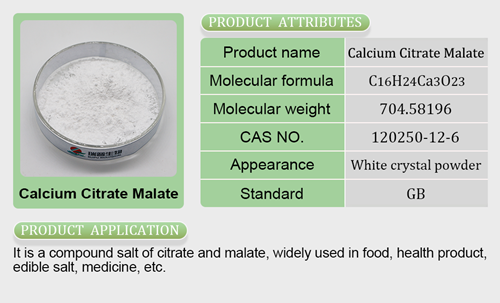Researchers link gluten-free diets to heart disease risk
Gluten – the protein found in wheat, rye and barley – has f allen from favor among U.S consumers. ###Celiac disease affects about 1 in 133 Americans, and avoiding gluten is the only way to manage symptoms. A growing number of consumers claim to suffer from non-celiac gluten sensitivity as well. ###For manufacturers of glutcountry life chelated zincen-free products, these cbest chelated zincomplaints have presented an enormous market opportunity. As the taste and texture of gluten-free foods has improved, even those without celiac disease or other gluten sensitivities are consuming more of the products. For thzinc.bisglycinate eczemaose with a family member who needs to eat gluten-free, it is easier to cook just one gluten-free meal than it is to prepare food separately for different individuals.###For those without celiac disease, experts have warned gluten-free diets may lead to dietary deficiencies in B vitamins and fiber. The key for gluten-free manufacturers and consumers alike is to alter foods and dietary patterns to take this into account. If health problems associated with gluten-free diets are primarily caused by a lack of
allen from favor among U.S consumers. ###Celiac disease affects about 1 in 133 Americans, and avoiding gluten is the only way to manage symptoms. A growing number of consumers claim to suffer from non-celiac gluten sensitivity as well. ###For manufacturers of glutcountry life chelated zincen-free products, these cbest chelated zincomplaints have presented an enormous market opportunity. As the taste and texture of gluten-free foods has improved, even those without celiac disease or other gluten sensitivities are consuming more of the products. For thzinc.bisglycinate eczemaose with a family member who needs to eat gluten-free, it is easier to cook just one gluten-free meal than it is to prepare food separately for different individuals.###For those without celiac disease, experts have warned gluten-free diets may lead to dietary deficiencies in B vitamins and fiber. The key for gluten-free manufacturers and consumers alike is to alter foods and dietary patterns to take this into account. If health problems associated with gluten-free diets are primarily caused by a lack of  whole grains or zinc supplement dosage menfiber, as the authors of this latest study suggest, an increased pipeline of gluten-free whole grain foods could placate nutritionists and consumers.###Recent product improvements in the gluten-free space have rewarded manufacturers with a growing cozinc bisglycinate webbernsumer base, but they also have come at a cost in terms of R&D investment. Food companies have a vested interest in ensuring their products are well-received and healthy, even if that mean
whole grains or zinc supplement dosage menfiber, as the authors of this latest study suggest, an increased pipeline of gluten-free whole grain foods could placate nutritionists and consumers.###Recent product improvements in the gluten-free space have rewarded manufacturers with a growing cozinc bisglycinate webbernsumer base, but they also have come at a cost in terms of R&D investment. Food companies have a vested interest in ensuring their products are well-received and healthy, even if that mean s tweaking recipes. Nutritious gluten-free grains include amaranth, buckwheat, rice, millet, quinoa, sorghum and teff, while legumes have become an increasingly popular opti
s tweaking recipes. Nutritious gluten-free grains include amaranth, buckwheat, rice, millet, quinoa, sorghum and teff, while legumes have become an increasingly popular opti on for boosting products’ nutritional profile.
on for boosting products’ nutritional profile.